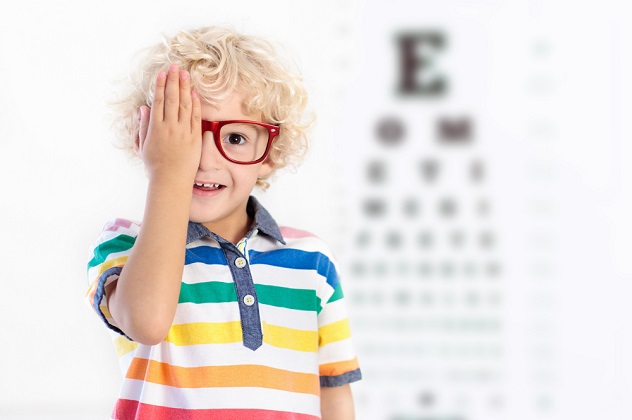Short-sightedness is expected to increase by 50% by 2050 with long-term risks for children including vision impairment and blindness. Parents need to be particularly vigilant with their child’s eyesight.
“It is important for people to realise that short-sightedness in children is a ticking time bomb with serious long-term risks including impaired vision and blindness. Short-sightedness is set to become one of the leading public health challenges in the future,” says Sydney Optometrist and Senior Lecturer, Dr Jim Kokkinakis.
Short-sightedness, or myopia, already affects about 30 per cent of the world’s population and is expected to rise to 50 percent by 2050. In Australia, the rate of myopia has more than doubled since the 1970s. Four million people in Australian and New Zealand are currently affected but that number is expected to substantially rise to 22 million over the next 30 years.
Dr Kokkinakis says that parents need to be particularly vigilant with their child’s eyesight.
“Much of the increase in myopia occurs in school-age children. While genetics play a part, it doesn’t explain the rapid increase in myopia over a generation or two.
Research has found that one factor in the rapid increase in the incidence of myopia is time spent indoors during childhood when the eyes are developing. Kids are indoors more for various reasons, including watching TV, playing computer games and time spent on phones and other devices.”
However, a new contact lens has showed a dramatic slowdown in myopia progression, and it’s now available in Australia.
“While there is currently no cure for myopia, preventing it in the first place, or at least slowing down its progression, can help to limit its severity and help to prevent long-term damaging side effects. Even low levels of myopia can put a child at risk for a number of visually damaging conditions, such as retinal detachment, macular degeneration, cataracts and glaucoma,” continued Dr. Kokkinakis.
The new NaturalVue (etafilcon A) Multifocal 1 Day Contact Lenses use the principles of a pinhole camera, which have an extended depth of focus so that near and distant objects can be viewed without blurriness.
Dr Stephen Snowdy, CEO of Visioneering Technologies says that results overseas are very promising. Data from almost 100 children fitted with the lenses across 12 different practice locations showed that 90 per cent of the children demonstrated a very significant decrease in the amount of myopic refractive error change.







